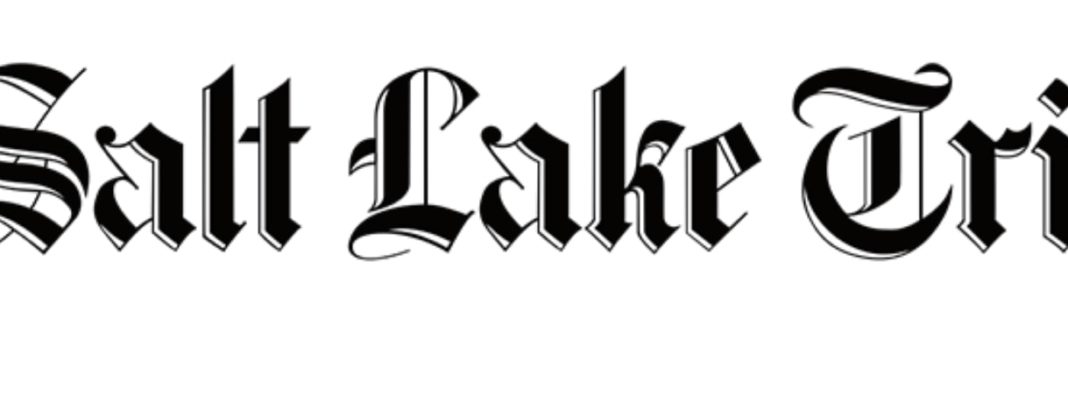
The Federal Communication Commission recently announced that Salt Lake City would join New York City as the only two 5G innovation zones nationwide. The goal is to create “city-scale testbeds for advanced wireless communications and network research, including 5G networks.”
This places the Wasatch Front at the cutting edge of digital innovation in the United States and is just the latest example of Utah embracing technology. From drones to fintech to legal services, Utah is now full of “regulatory sandboxes” where innovators can safely test their ideas and experiment for a limited time with relaxed regulatory requirements.
What are regulatory sandboxes? They are unique legal classifications that create space for regulators to temporarily freeze regulations and criminal penalties for a limited time period. This allows private companies to develop or introduce an innovative product or service where industry standards are still being created.
While in the sandbox, regulators can study and monitor progress to eventually advise the legislature on the most appropriate and least burdensome regulatory structure (if any) for a new innovative industry, product, or service.
Utah was not first to come up with the idea. These sandboxes have been adopted around the world in response to the potential disruption from blockchain technologies in the banking and finance industry.
However, Utah is perfectly positioned to show that we should not stop with blockchain. We are becoming a preferred home to cutting edge innovation and companies. For example, Snapchat is bringing their most innovative ideas to Utah for testing. Major technology companies and investors are flocking to Utah to work with our companies, graduates from our universities, and our experienced entrepreneurs.
As the home of “Silicon Slopes,” Utah is poised to leverage regulatory sandboxes as a key to unlocking innovation industries that have become old and stale. How? Instead of trying to create a specific, limited sandbox on an industry basis, Utah has an opportunity to create a general regulatory sandbox for any innovator with an idea to find a space to invent and experiment. In this way, businesses would be free to serve their customers safely, more affordably, and create more jobs and opportunities for our communities.
If Utah wants to be the home for today’s most innovative companies, we must recognize that it requires some house cleaning. Our regulatory code, for example, includes nearly 5.5 million words and more than 88,000 restrictions. While Utah is better than most states (nearly in the top 10 for both measures), Wyoming, Idaho, Nevada, Montana and the Dakotas all rank higher. More importantly, we aren’t just competing regionally but globally. We should be “Open for Business,” not “Open for Some Business.” Inclusivity and innovation go hand in hand and Utah is the perfect place to see this in action.
Figuring out where we can reform our regulatory climate does not have to be an exercise in guessing and checking. This is the beauty of creating a broad, innovation-focused sandbox: As innovators enter the sandbox, legislators and regulators can monitor progress. Data and real-world applications can inform policymakers on what kind of new regulatory framework is needed, if at all because they are getting real-time information about where regulations do and don’t make sense. From there, we are given a much clearer picture of what a path toward reform should look like.
To unleash the bounds of human ingenuity and make Utah the home for the world’s best, brightest, and most innovative minds. It’s time to turn the Beehive State into the Sandbox State.


 The Salt Lake Tribune
The Salt Lake Tribune